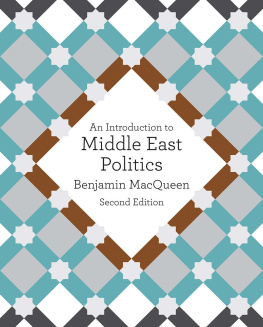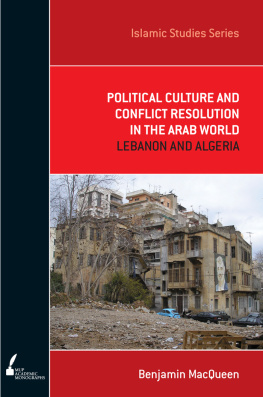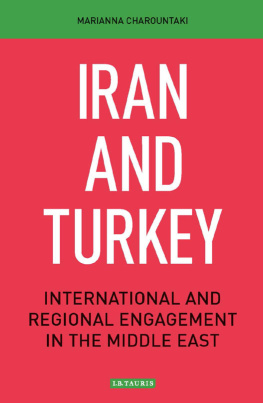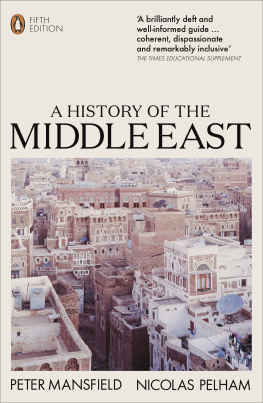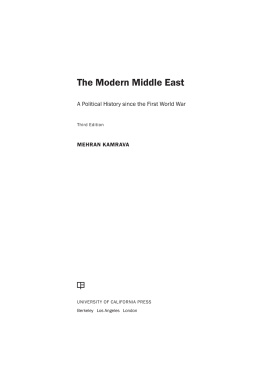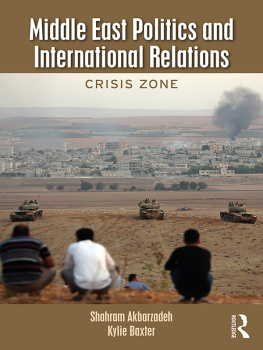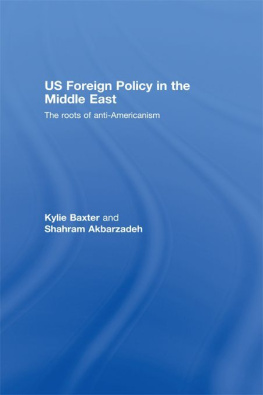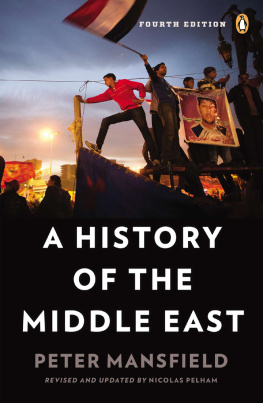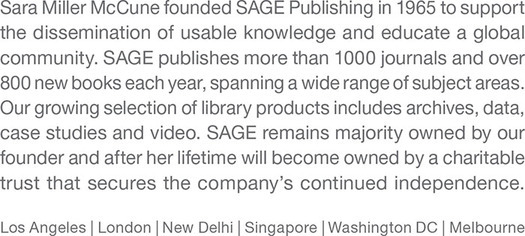SAGE Publications Ltd
1 Olivers Yard
55 City Road
London EC1Y 1SP
SAGE Publications Inc.
2455 Teller Road
Thousand Oaks, California 91320
SAGE Publications India Pvt Ltd
B 1/I 1 Mohan Cooperative Industrial Area
Mathura Road
New Delhi 110 044
SAGE Publications Asia-Pacific Pte Ltd
3 Church Street
#10-04 Samsung Hub
Singapore 049483
Benjamin MacQueen 2018
First edition published 2013. This second edition published 2018.
Apart from any fair dealing for the purposes of research or private study, or criticism or review, as permitted under the Copyright, Designs and Patents Act, 1988, this publication may be reproduced, stored or transmitted in any form, or by any means, only with the prior permission in writing of the publishers, or in the case of reprographic reproduction, in accordance with the terms of licences issued by the Copyright Licensing Agency. Enquiries concerning reproduction outside those terms should be sent to the publishers.
Library of Congress Control Number: 2017941201
British Library Cataloguing in Publication data
A catalogue record for this book is available from the British Library
ISBN 978-1-4129-6215-5
ISBN 978-1-4129-6216-2 (pbk)
Editor: Natalie Aguilera
Assistant editor: Delayna Spencer
Production editor: Katie Forsythe
Copyeditor: Rosemary Campbell
Proofreader: David Hemsley
Indexer: Adam Pozner
Marketing manager: Susheel Gokarakonda
Cover design: Stephanie Guyaz
Typeset by: C&M Digitals (P) Ltd, Chennai, India
Printed in the UK
Preface
The Middle East is a region of contradictory trends. Where repeated political crises appear to threaten regional or global stability, the defining political features of the region have proven remarkably resilient. Recent events, from the uprisings across the Arab world since 2010 and the outbreak of war in Syria, Yemen and Libya, the US-led invasion and occupation of Iraq, technological innovations, the global financial crisis, and economic and cultural globalisation, have shown that even the most resilient system is not impervious to change.
This volume is an effort to capture the dynamics of a changing Middle East for a new generation of students and readers. In particular, this volume presents a new format of Middle East studies textbook, which captures the importance of issues such as democratisation, political change, human rights, political economy and the increased centrality of states such as Iraq, Egypt and those of the Gulf, as well as recognising the importance of politics in non-core areas such as Yemen, Sudan, and North Africa. In saying this, it certainly does not seek to present a comprehensive re-writing of the modern political history of the region. The goals are much more modest: to reframe discussions, debates and themes in a way that make it more suitable and adaptable to a changed region in a changed world.
The lessons of the uprisings that have gripped the Arab world since 2010, the so-called Arab Spring, are useful here. Whilst these events took both governments and analysts by surprise, they did not emerge from a vacuum. Indeed, one need only look at the events during and after October 1988 in Algeria to see how rioting over food prices, housing shortages, unemployment and general government mismanagement could push an established authoritarian regime to the brink of collapse and also result in a long-running civil war. A critical message here is that debates on democratisation, human rights and economic dependency were already present but needed to be reinvigorated and given new dimensions with the emergence of technological change, environmental concerns and the ever-changing pressures of globalisation.
In an effort to capture this, the second edition of An Introduction to Middle East Politics provides historical, thematic and case study chapters and sections. The first three chapters of the book unpack the key periods in regional history leading to the development of the modern state system in the Middle East, with a particular focus on the interplay between Ottoman rule, colonial governance and the early years of independence. Where this historic background is critical, it is presented in such a way as to emphasise the political, social and economic legacies of these periods, particularly in terms of the emergence of the key political ideologies that have profoundly impacted the course of politics in the modern Middle East.
This is reflected in , where the key themes in the political dynamics of the modern Middle East are explored in detail. These chapters are centred on discussions relating to dominant ideological narratives, authoritarianism and political repression, economic dependency, with a particular focus on the role of oil, and key security issues. In exploring these themes, the volume combines significant detail of specific events and cases grounded in the key debates to provide greater understanding of the historic political trajectory of the Middle East. These debates include the supposed authoritarian exceptionalism of the Middle East and North Africa, the impacts of economic dependency and rentier-style economies, and conventional and new security threats such as terrorism and political violence.
focus on four continuing crises that have continued to define regional political affairs: the IsraeliPalestinian conflict, US interventionism in the region, democratisation and the Arab uprisings, and the Syrian civil war and refugee crisis. Where discussion over US interventionism in the region is dominated by issues relating to both Afghanistan and, previously, Iraq, the discussion here also examines the controversies around patterns of intervention in Somalia and Yemen, including the controversies related to new security tactics such as drone strikes. This thematic approach to the crises continues in the examination of the IsraeliPalestinian conflict, with a focus on the stalled Peace Process. Whilst this covers key elements of the process, it also explores factors such as competing norms of self-defence and self-determination. The Arab uprisings are explored with an emphasis on whether they represent a move toward a new democratic future for the region. Finally, the Syrian conflict and refugee crisis is discussed in the context of external intervention and regional power balance, with an effort to draw out and highlight the human cost of on-going conflict and external intervention, with the displacement of over 10 million Syrian people since 2011.

